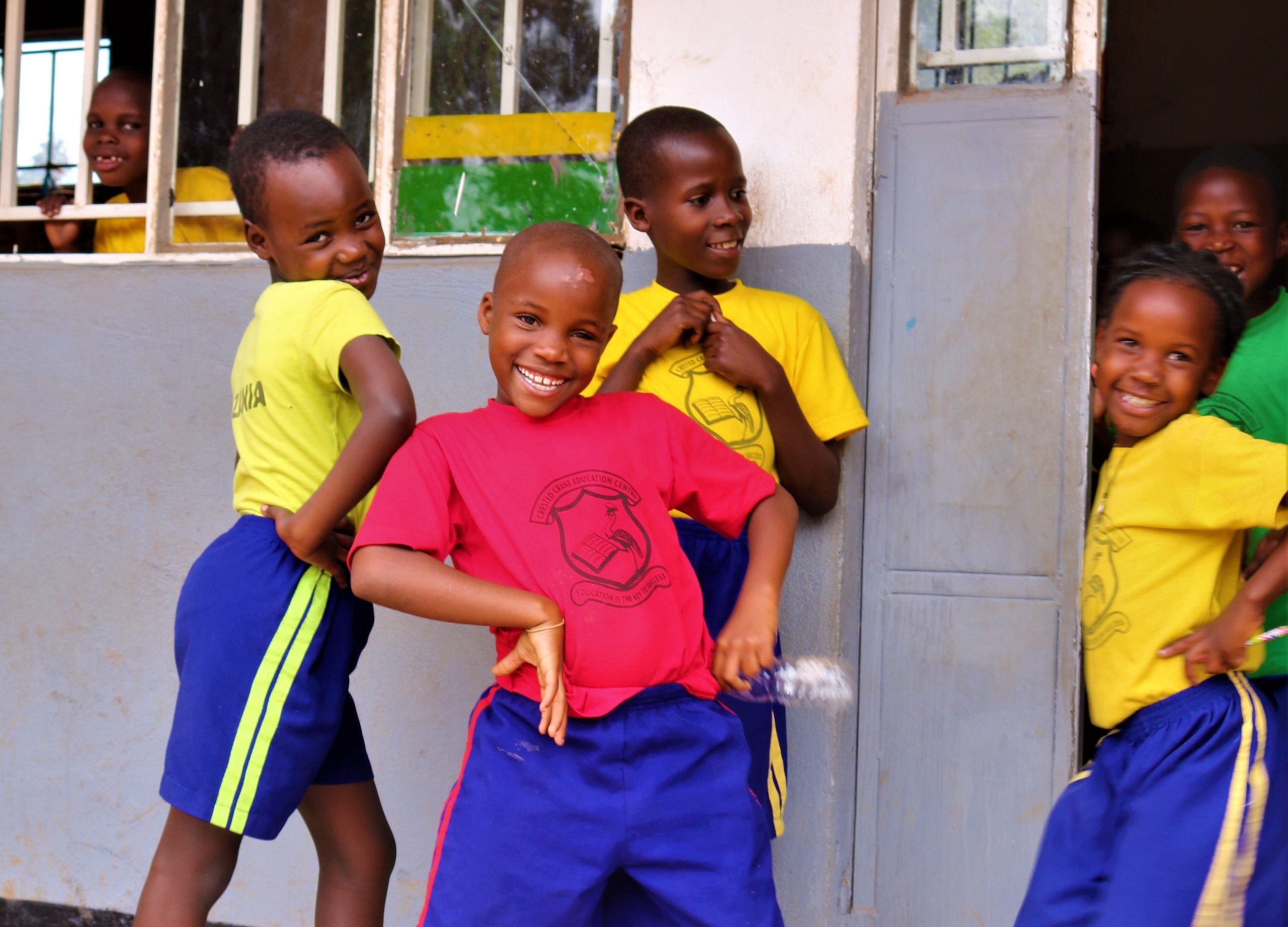Child labour in Uganda
Uganda has an estimated population size of 37.7 million people of which 55% are children below 17 years. Over 2 million children aged 5-17 years (15%) are engaged in child labour in Uganda. The vast majority of these children up to 14 years of age are employed in the agricultural sector (95.4%).
Where we work
We work in Karamoja and Busia region in the gold mining, agriculture and informal sector. In Karamoja, the levels of poverty have increased enormously compared to the central and western regions in Uganda which have experienced more rapid poverty reduction. Children between 5 and 18 years have been forced to drop out of school to raise income for their families and migrate from their hometowns in search of employment. Most of them end up on the streets, working in agriculture (especially cattle herding) and in the mines within the region.
Although child labour is present in all districts of Karamoja, the prevalence is highest in Moroto and Kotido, which is also why we have chosen to work here. Kotido has high poverty levels. In Kotido, children are involved in both mining and agriculture. In Moroto, the situation is similar, with children mainly working in gold and marble mines.
The Busia region is one of the largest gold mining regions in Uganda and with a historic gold mining tradition. These gold mining activities have greatly affected school enrolment rates in the district as many children drop out to work in the mines.
Sectors
Mining
Uganda has an estimated 50,000 artisanal and small-scale miners, 30% (15,000+) of which are children. Although the Mineral Policy of 2001 in Uganda intended to ban child labour in mining, this was never included in the country’s mining regulations. The law’s minimum age protections (16 years) do not apply to children working without a formal employment relationship.
Not only the small scale and artisanal mining sector is of relevance in Uganda. A sizeable number of both foreign and Ugandan companies are working in the mineral and gold sector in Karamoja. It is therefore needed to engage all types of mining actors – namely, large, formal and informal mining actors – to address child labour.
Agriculture and the informal sector
In the agriculture sector, most children are involved in cultivating and harvesting of cocoa, coffee, corn, tea, tobacco, and rice, production of vanilla and palm oil, and cutting, collecting, and carrying sugarcane. Youth self-employment is by far the most important form of youth work. 70% of the employed youth in rural areas are engaged in agriculture. Therefore, investment in market relevant vocational and agribusiness skills training is very important. In post conflict northern Uganda, over 80% of the youth are considered un/underemployed. The formal sector jobs are limited and highly competitive, the majority of youth fall to the informal economy, where they fail to find stable employment.


